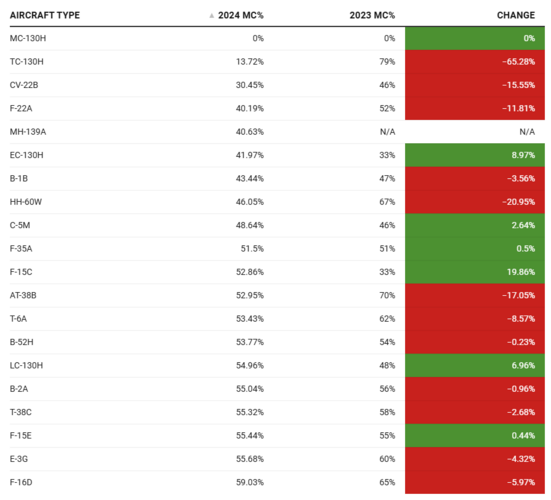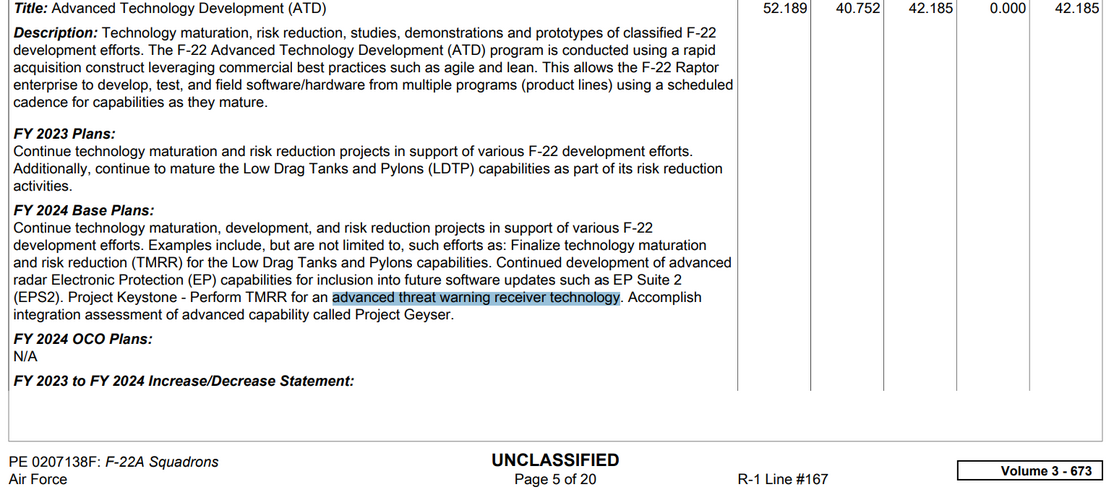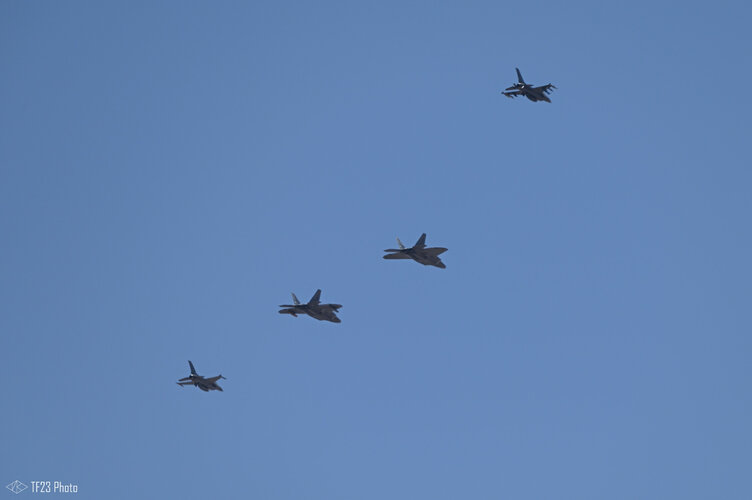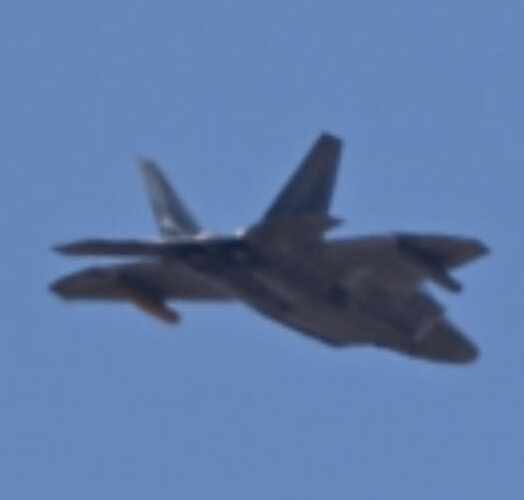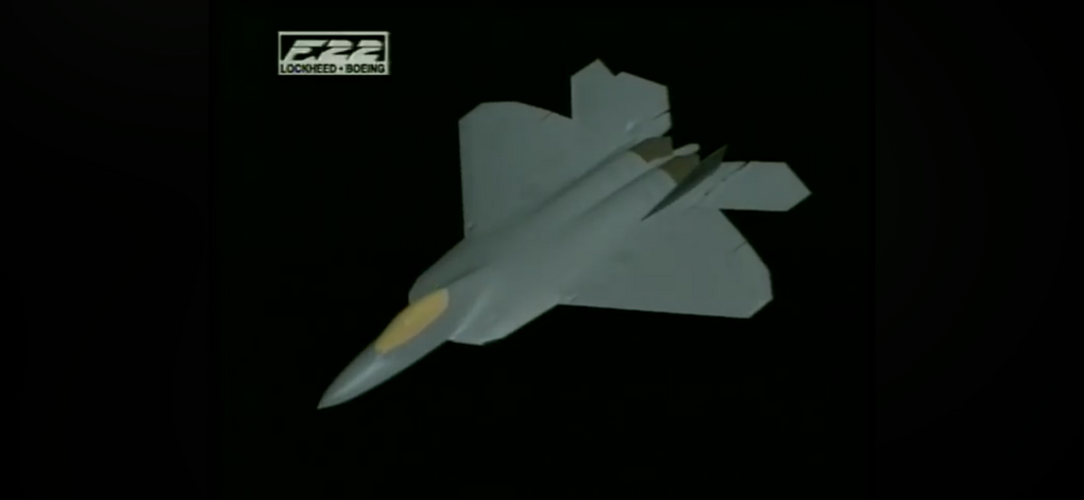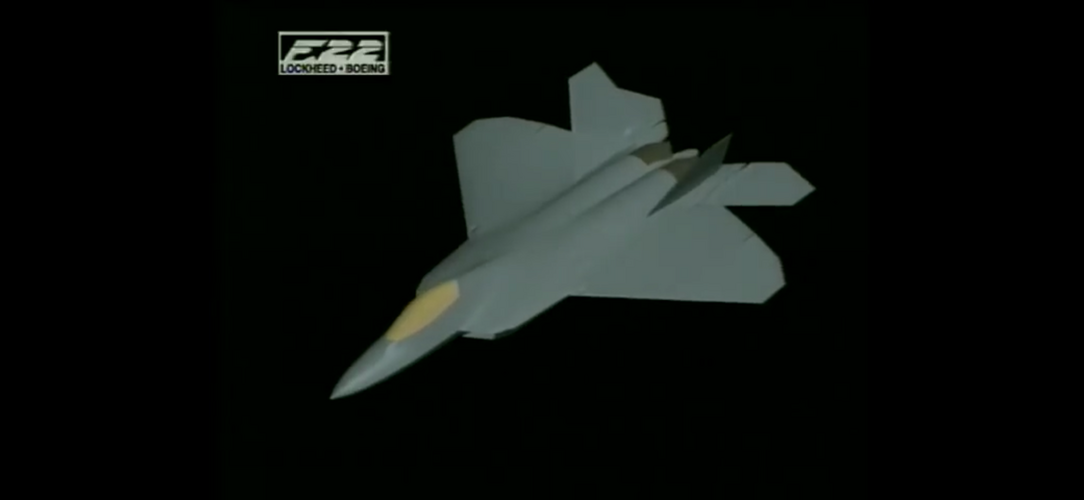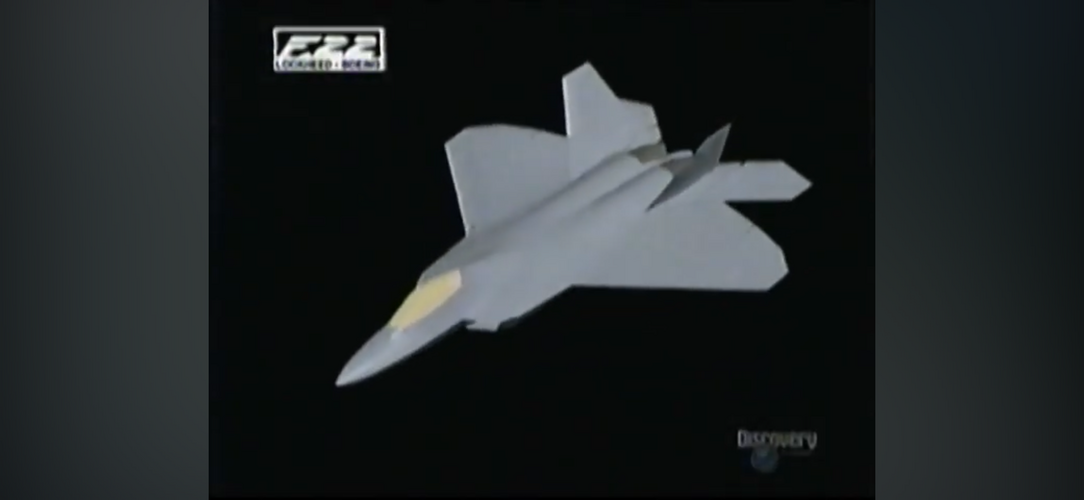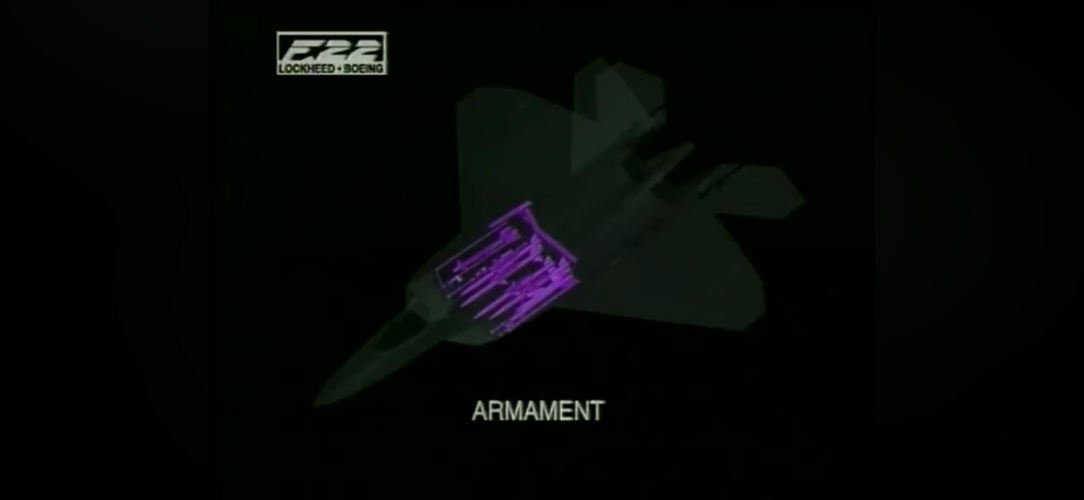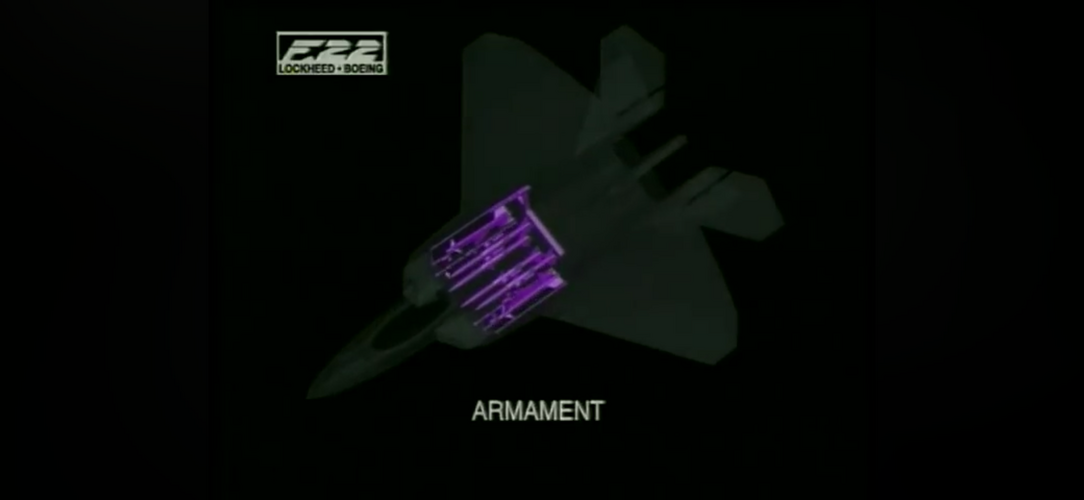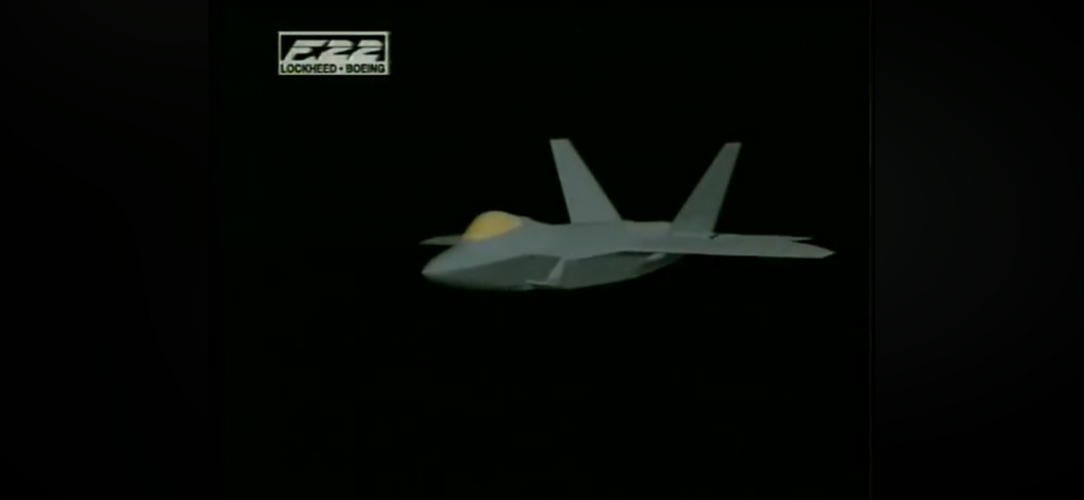I think the confusion stems from a TWZ article.
We finally see the study that was oddly classified on arrival and it has new relevance based on Japan's desire for a new stealth fighter.

www.twz.com
Note the difference between tooling and facilities. It's great to have the tooling but without a factory floor to use it on (and the people to run it), nothing is going to happen. Building a new factory
(and especially finding skilled aero manufacturing folks) is a non-trivial hurdle. But people may have conflated the tooling with the facilities and concluded that the tooling was being used for the F-35.

www.airandspaceforces.com


